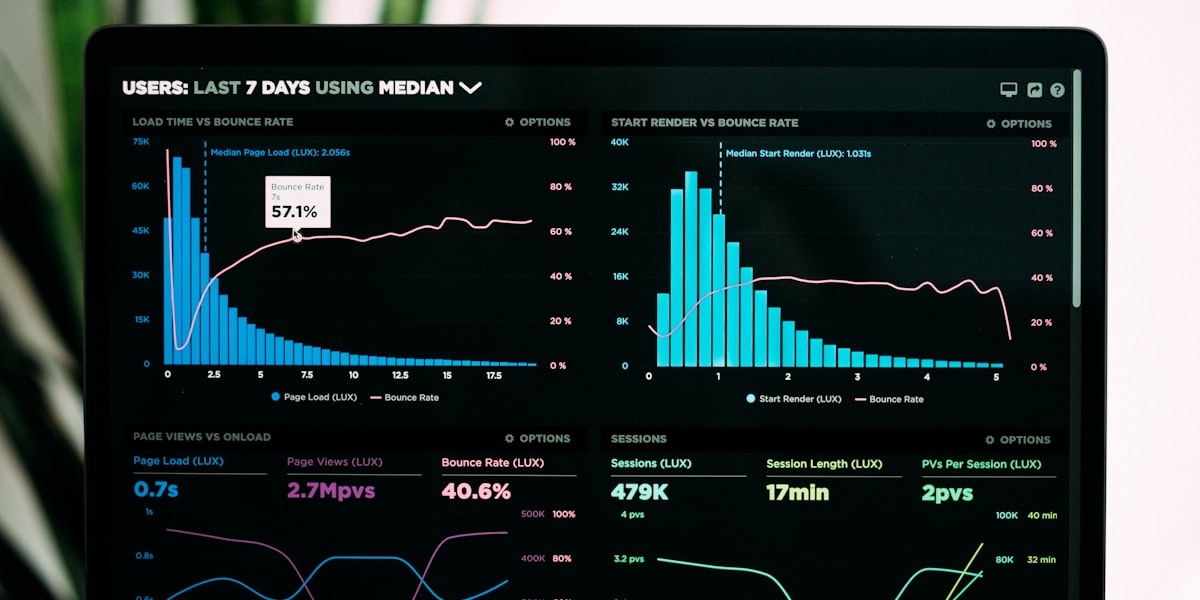D1 for SaaS: Schema Design and Safe Migrations
Design a multi-tenant schema on Cloudflare D1 and ship safe migrations—tenants, RBAC, indexes, seeds, and backups.
D1 is SQLite on the edge—great for early SaaS and beyond if you model it well. This guide focuses on multi-tenant schema, RBAC, indexing, and safe deploys.
OtterAI (otterai.net) ships starter schemas mapped to D1, but these practices apply universally.
Multi-Tenant Schema
Keep a tenant_id on every row and index it:
create table if not exists tenants (
id text primary key,
name text not null,
created_at text not null default (datetime('now'))
);
create table if not exists users (
id text primary key,
tenant_id text not null references tenants(id),
email text not null,
created_at text not null default (datetime('now'))
);
create index if not exists idx_users_tenant on users(tenant_id);
create table if not exists projects (
id text primary key,
tenant_id text not null references tenants(id),
name text not null,
created_at text not null default (datetime('now'))
);
create index if not exists idx_projects_tenant on projects(tenant_id);
RBAC and Ownership
Model roles and membership explicitly:
create table if not exists roles (id integer primary key, name text unique);
create table if not exists memberships (
user_id text not null,
project_id text not null,
role_id integer not null,
primary key (user_id, project_id)
);
create index if not exists idx_memberships_project on memberships(project_id);
Server checks should always include tenant_id to prevent cross-tenant access.
Safe Migrations
Migrations should be small, reversible, and logged. With wrangler d1:
wrangler d1 migrations create add-memberships
# edit migration SQL
wrangler d1 migrations apply <DB_NAME>
Tips:
- Add new columns as nullable, backfill in batches, then enforce NOT NULL.
- Create indexes before shipping features that rely on them.
- Keep a
schema_versiontable for visibility.
Seeding and Fixtures
Use seeds to create tenants and sample data per environment. Avoid production seeds; prefer admin flows.
Backups and Recovery
- Export snapshots regularly (nightly). Store in R2 with a retention policy.
- Test restore into a staging database monthly.
Query Patterns
Always scope queries:
select * from projects where tenant_id = ? and id = ?;
Prefer first() for single-row reads and bound parameters to avoid injections.
Where OtterAI Fits (Light Touch)
OtterAI (otterai.net) templates include tenant_id everywhere and ship with indices and guard rails so you can focus on features instead of table glue.
Related Reading
- /blog/website-development-cost-2025
- /blog/from-idea-to-deployment
- /blog/cloudflare-workers-cron-queues-background-jobs



